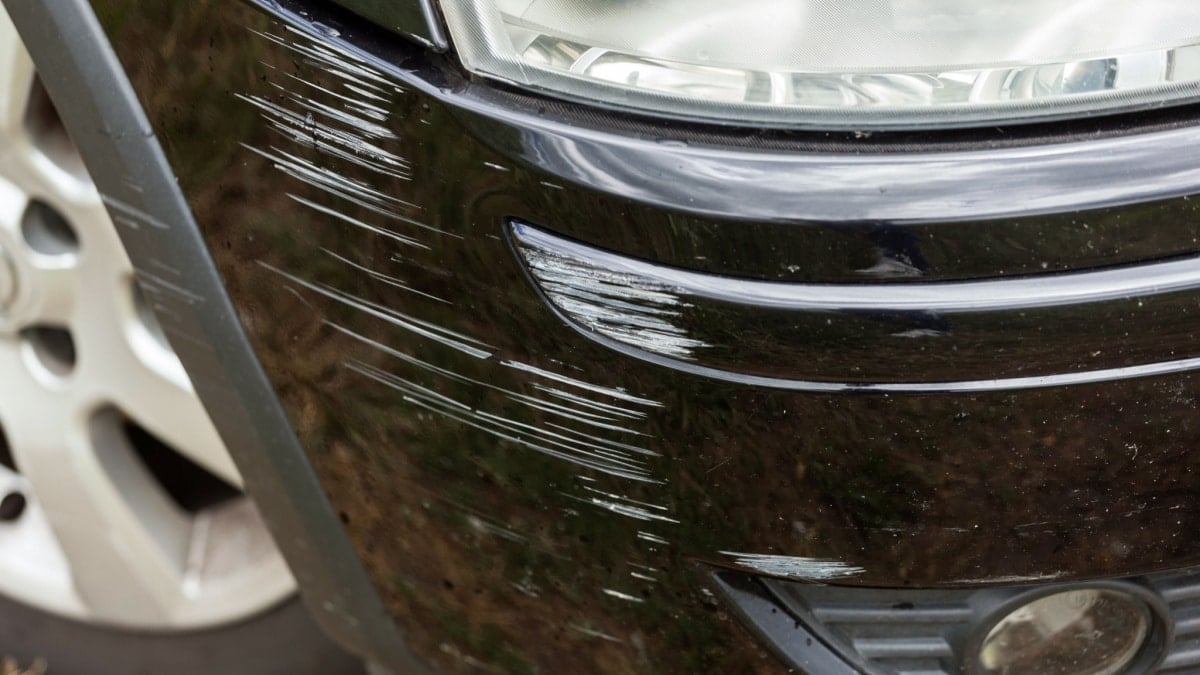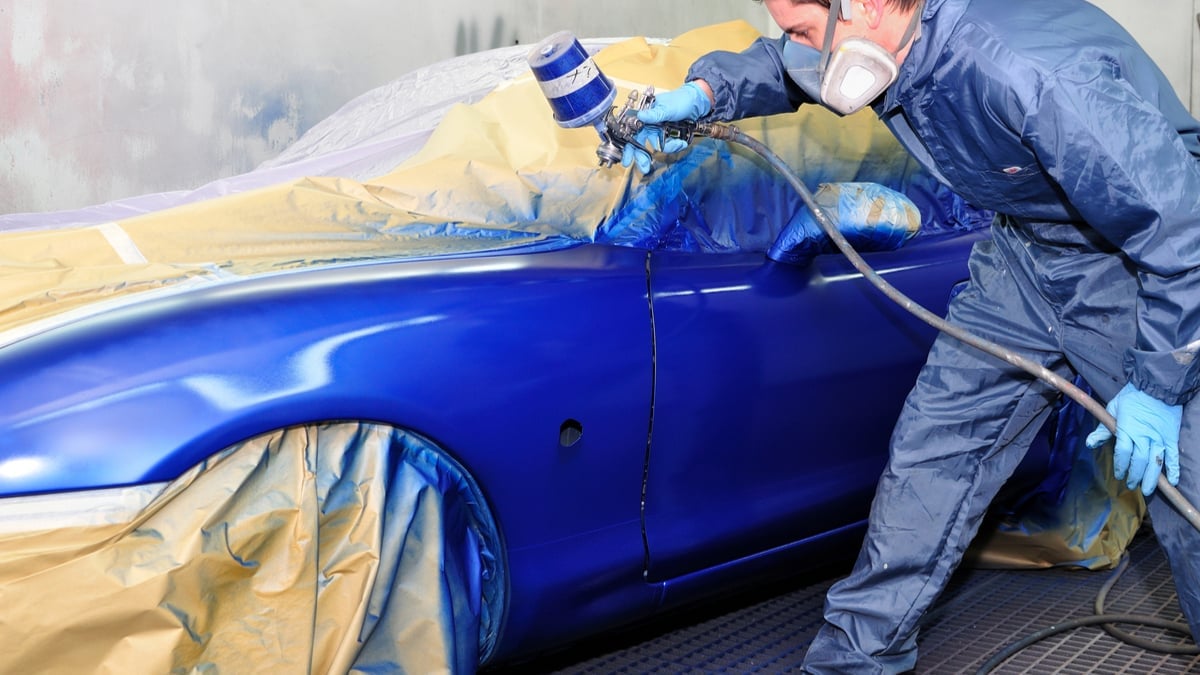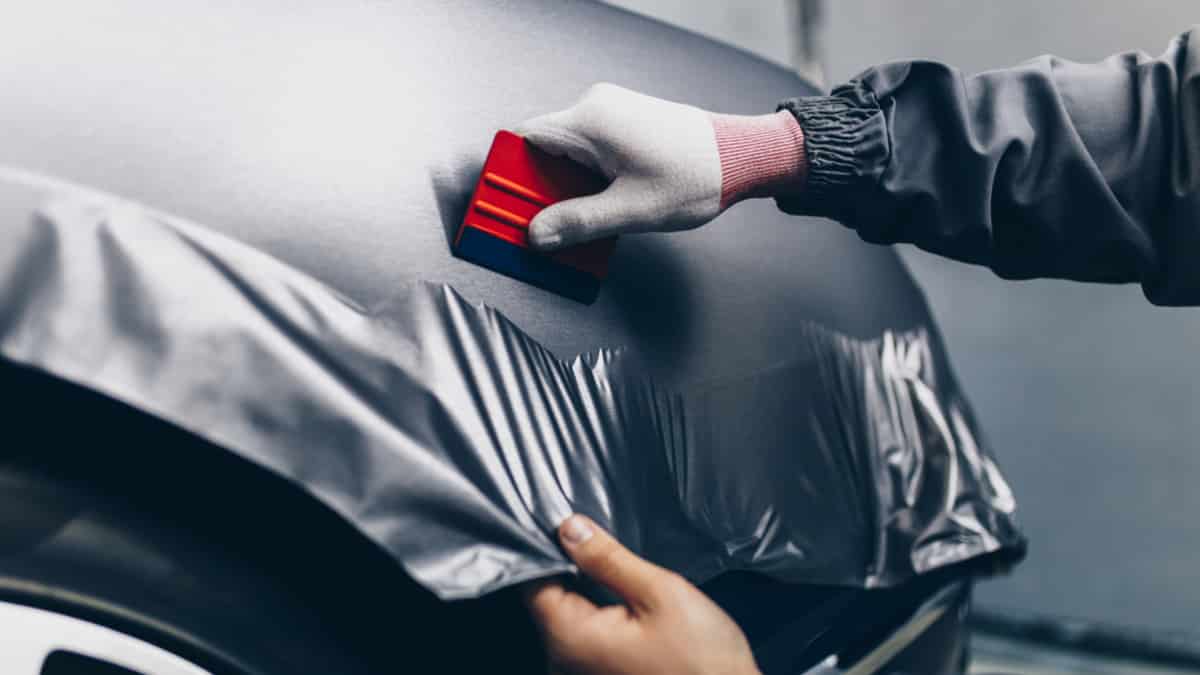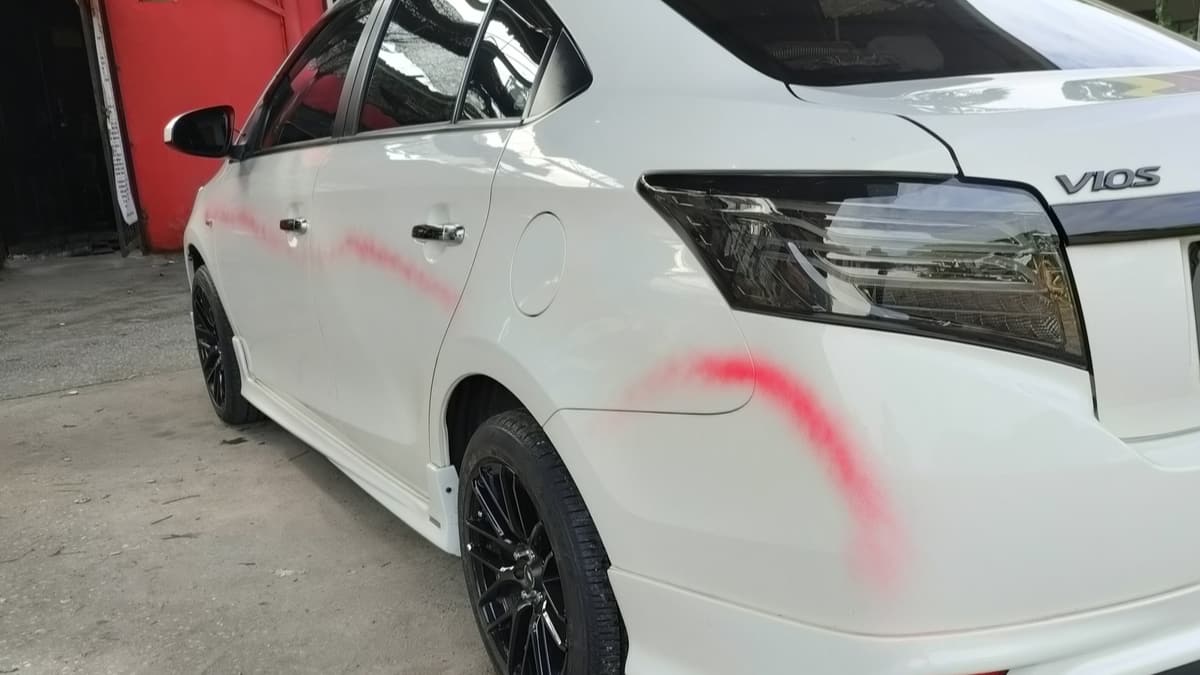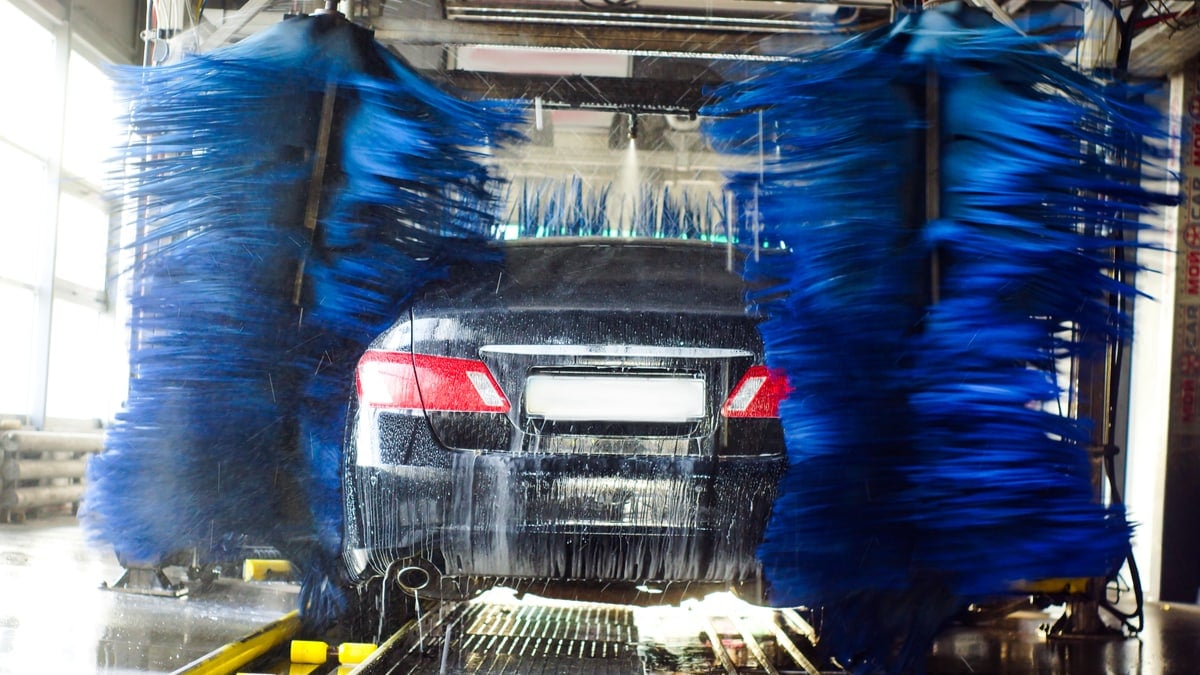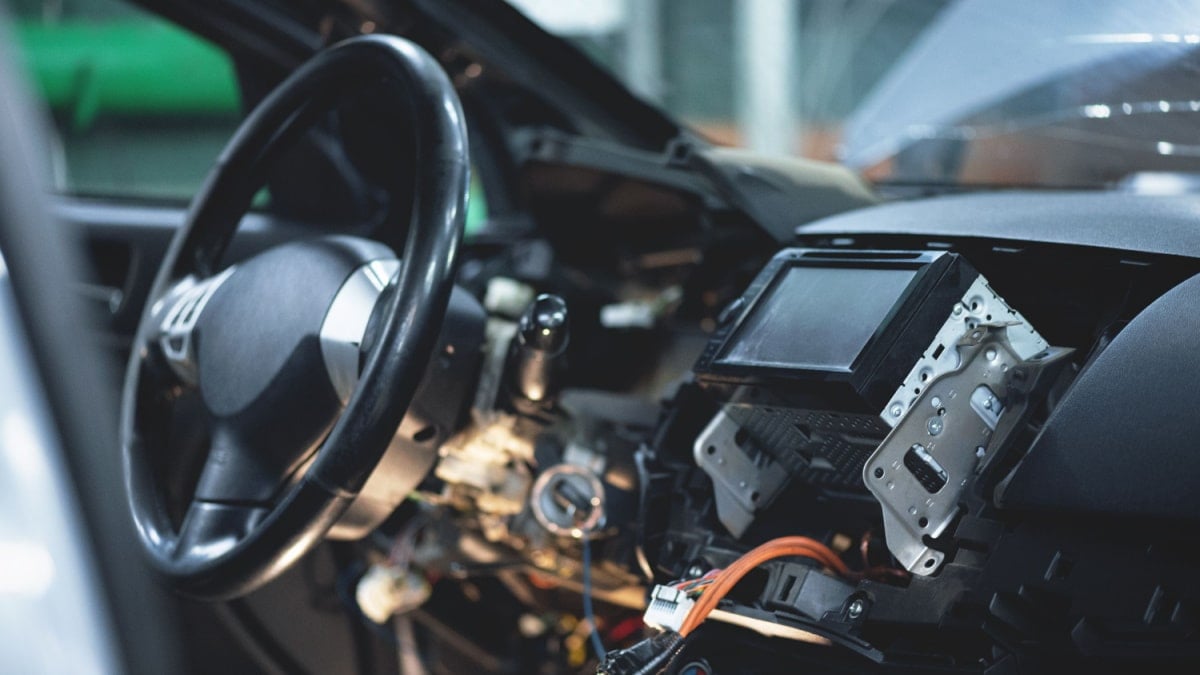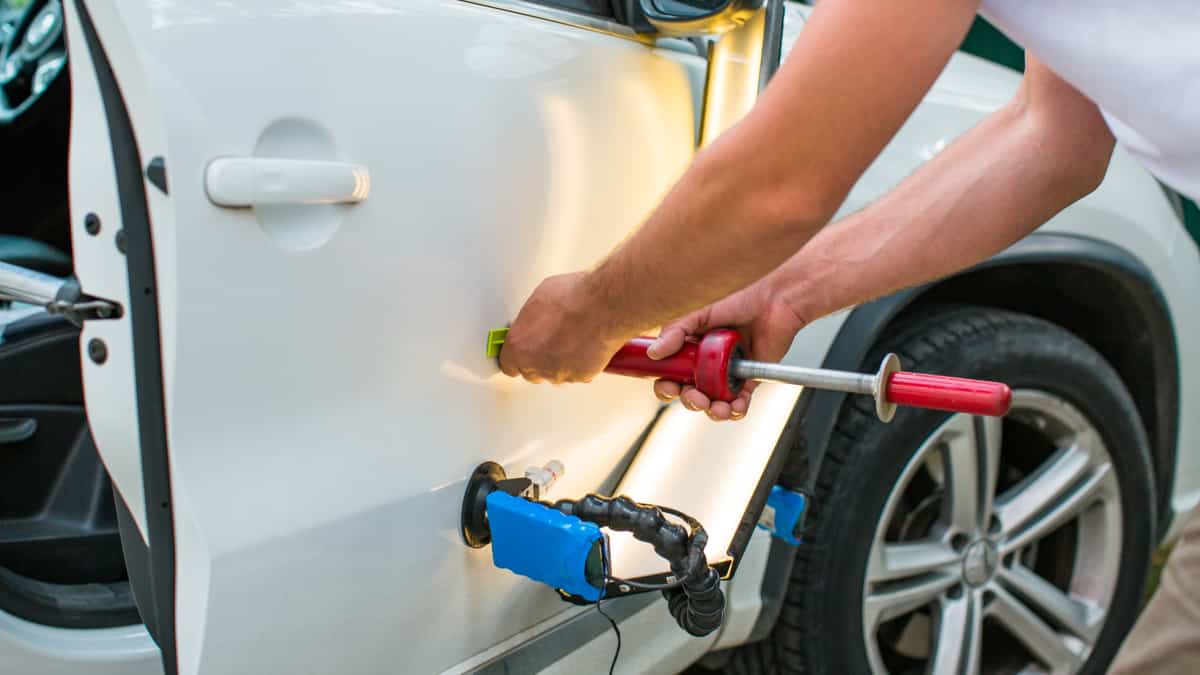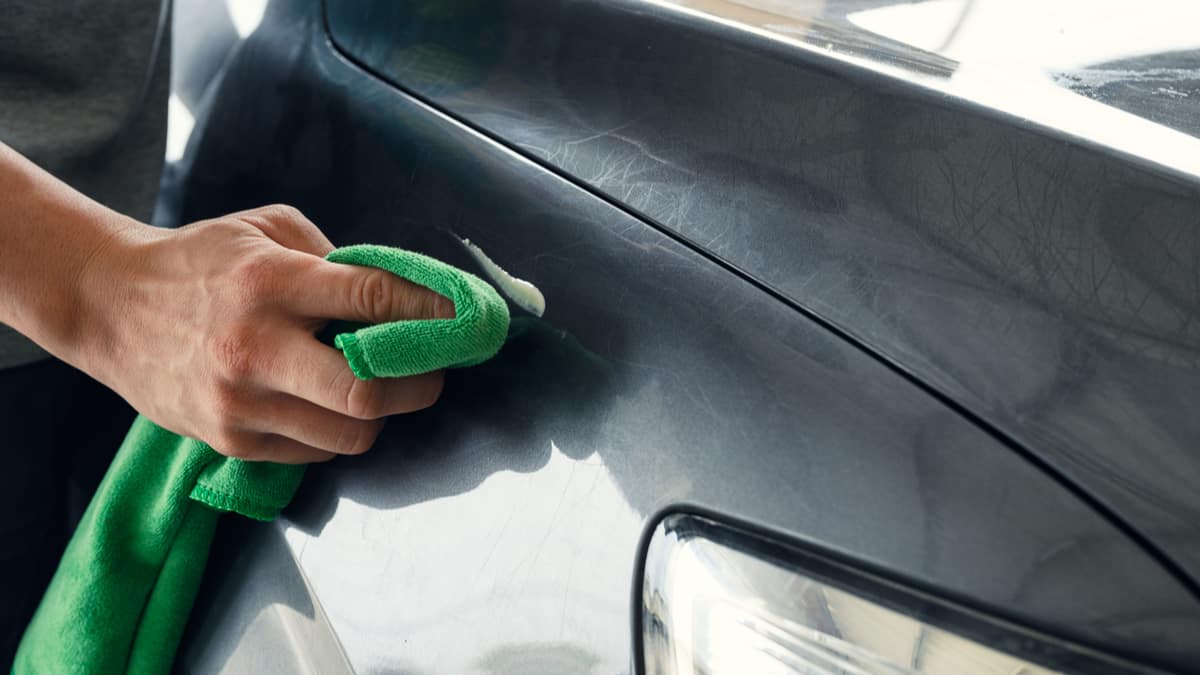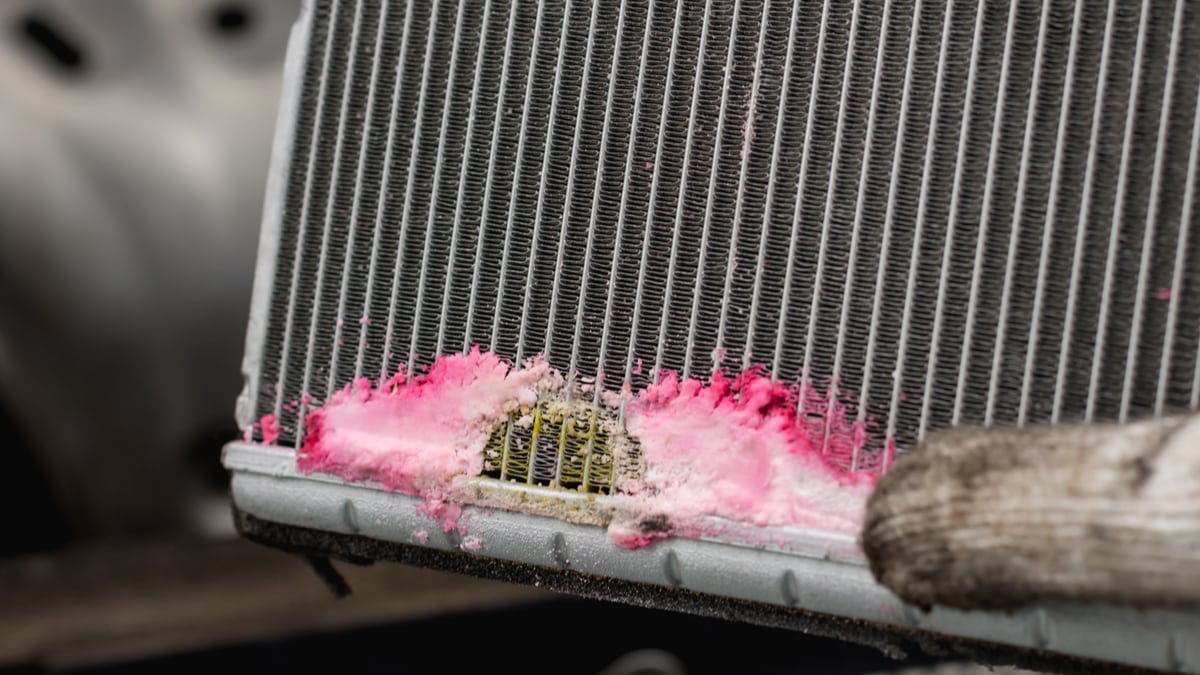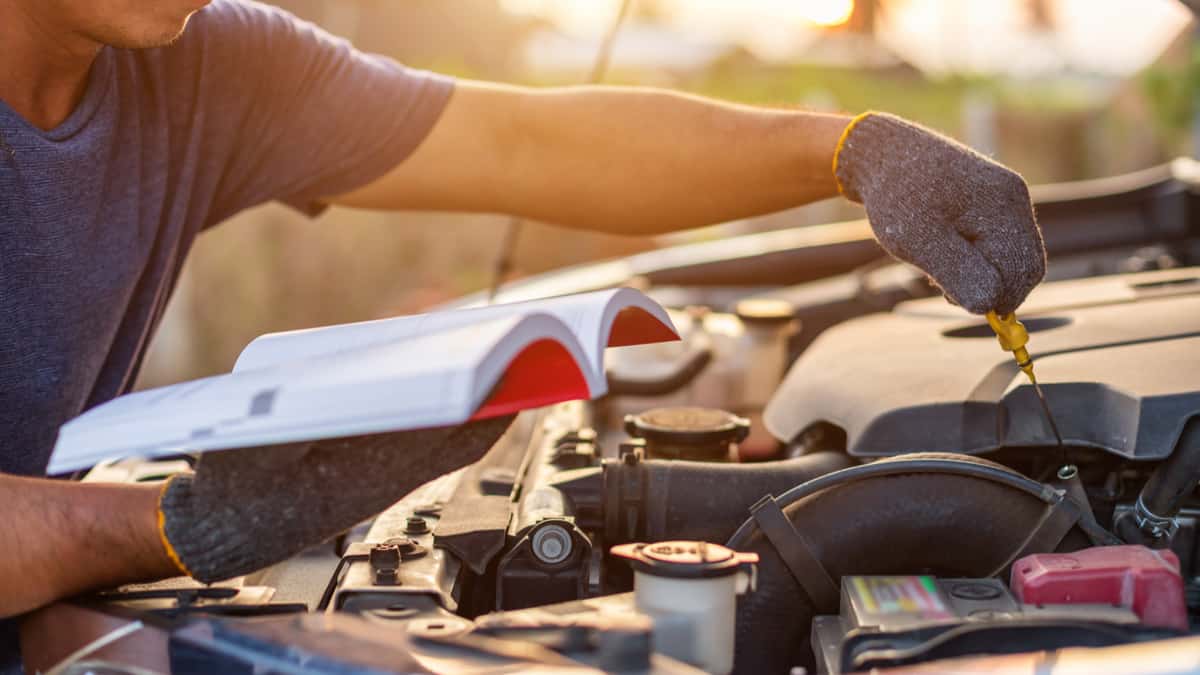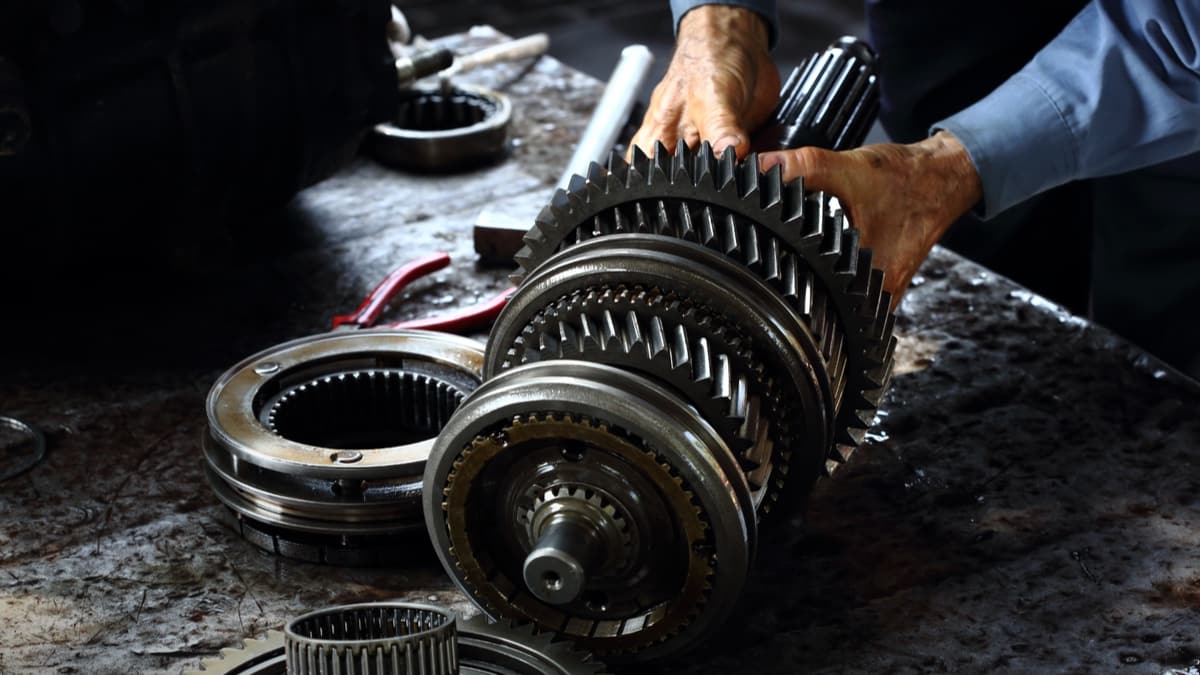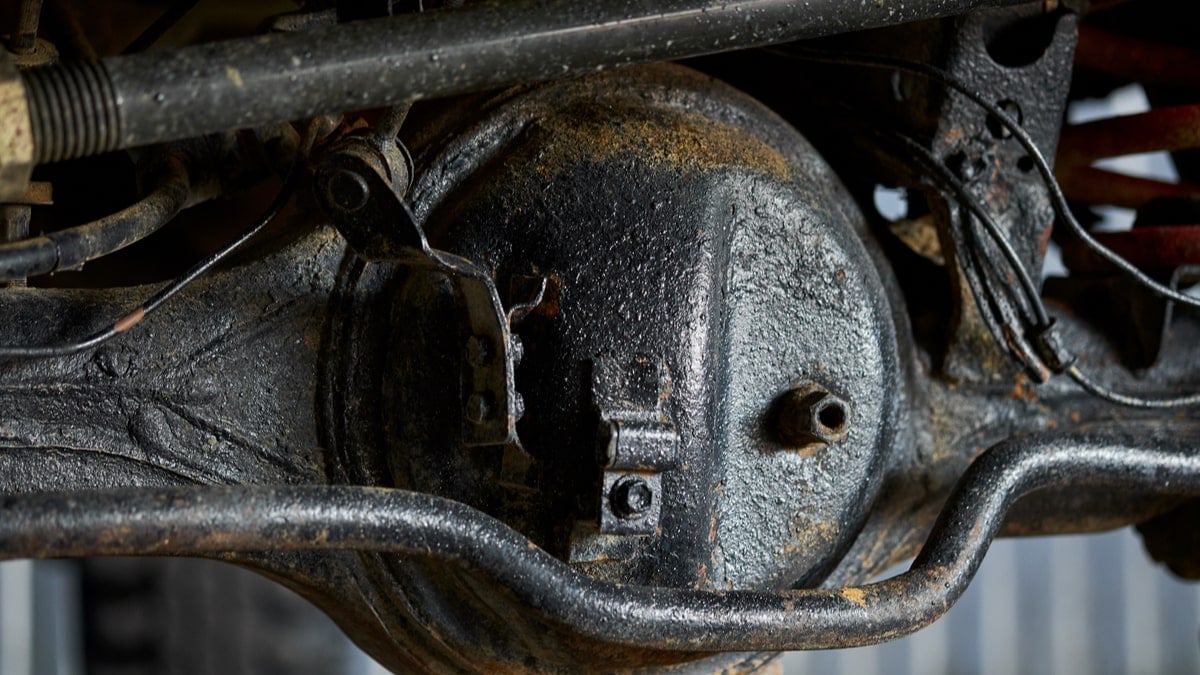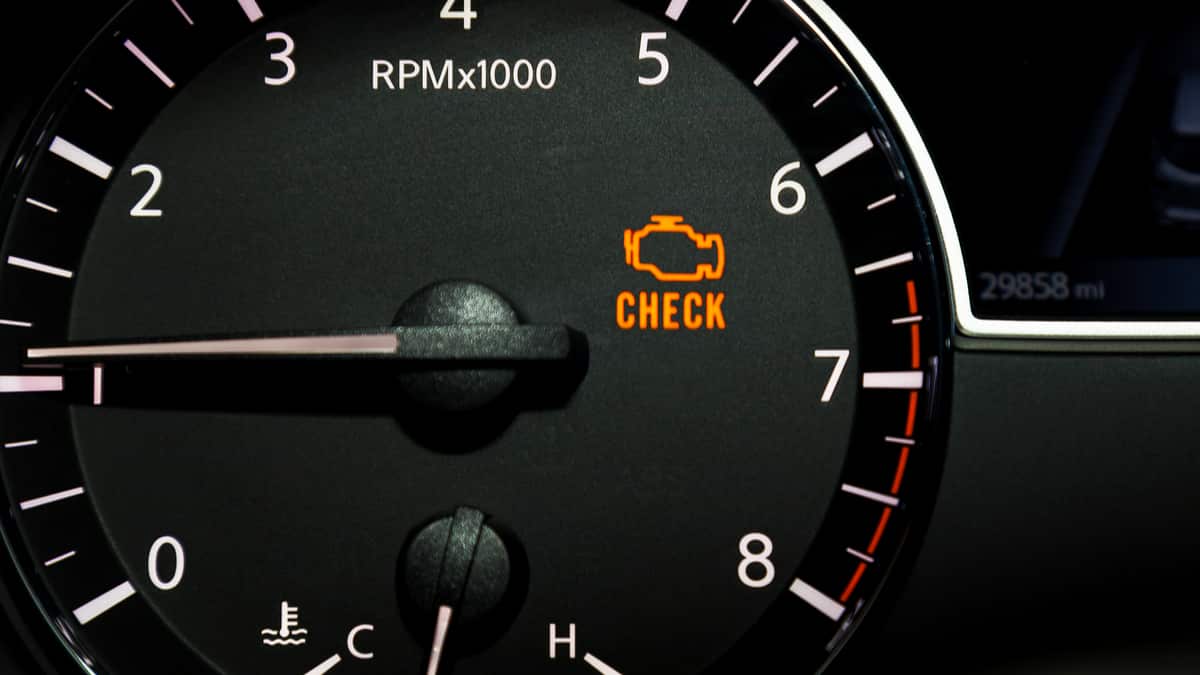Owning a car means you are faced with a number of expenses that you may not have prepared for. Since you probably care about the appearance of your vehicle, it is important to repair car scratches as quickly as possible. In addition, a quick repair can prevent the damage from getting worse. But, how much does it cost to repair car scratches?
In this guide, we’ll discuss what affects the cost and show you some ways you might be able to repair small scratches on your own for less. We also talk about whether car insurance providers cover the cost of repairs and reveal ways to prevent scratches from happening in the first place.
How Much Does A Car Scratch Repair Cost?
With so many different types of scratches that occur, it’s difficult to estimate a cost. For a small scuff or scratch, you may only spend $150 to get it repaired, while deep paint car scratches can easily tally up to $1,000 or more, especially if body parts need to be replaced or repainted.
Now that we know the quick answer to car scratch repair, let’s take a look at the factors that affect car scratch repair costs.
Factors Affecting Car Scratch Repair Cost
1. Type of Scratch
One of the largest factors affecting the repair cost is the type of scratch that has occurred. If you are looking at a simple scuff or scratch in the clear coat, you probably won’t have a hefty bill. These are the most simple to repair and typically happen from either debris or rocks that are stirred up while driving.
If the scratch reaches the primer of the vehicle, you are going to spend more. Thankfully, most of these don’t make it all the way to the metal, which is a blessing. Tree branches and car accidents can cause these types of scratches, requiring some sanding and painting to be repaired.
The worst issues are the deep paint scratches. Because metal shines through these scratches, every paint layer needs to be repaired. You only deal with these types of scratches if you have been part of a massive collision or vandalism, so it’s not a common issue.
2. Make/Model of Car
While the type of scratch is going to have the most profound effect on the cost, the type of car you drive also matters. Not all technicians are trained to work with every car make. This is especially the case if you are working with a German luxury brand or a high-end sports car. In these cases, you will need to pay more for a specialized auto body shop.
Additionally, the parts needed for the vehicle could cost more on some models. It’s also difficult to match paint on a few rare models. If you drive a common vehicle, your chances of keeping the cost down are much higher.
RELATED: What Is The Make and Model of a Car?
3. DIY vs. Professional
It’s possible to fix a lot of minor scratches on your own with some simple products. We will discuss these options in-depth in just a minute. If you can go this route, there’s a lot of money that can be saved. However, if you don’t know what you are doing, you could do more damage, so that’s something to consider.
On the other hand, there’s always the option to visit a professional repair shop. If you find a local auto body shop, you should be able to spend a little less than at most dealerships. Still, you want to choose a reputable establishment to work on your vehicle, so you might consider spending a little extra.
4. Location
If you go the professional route, you must also consider where you live. Auto body repair labor rates vary based on the region you live in.
For example, getting work done in a busy metropolitan area could cost double the amount as it would in rural America. It might pay for you to travel a little bit to a remote location if you want to save a few dollars.
RELATED: How To Remove Scratches From A Windshield (7 Methods)
Do It Yourself Car Scratch Repair Solutions
If there’s just a small scratch on your paint, not deep enough to go to the metal, you can actually sometimes remove it yourself with a few basic tips. Here are some methods on how to remove car scratches yourself.
1. Toothpaste
Toothpaste is one of the top home remedies for car scratch repair. You want to choose whitening toothpaste that’s slightly abrasive. It should operate similarly to fine sandpaper.
With a small dollop on your microfiber cloth, you work the toothpaste into the scratch, moving in a circular motion. With a minor scratch in the clear coat, you should be able to smooth out the surface until it looks like new again.
2. Wax
Wax isn’t just for preventative measures. You can also use high-quality car wax to remove surface scratches.
A good wax is going to fill the scratch with a protective layer that helps it disappear. It also prevents any future damage from occurring.
READ MORE: 8 Best Car Waxes – Review & Buyer’s Guide
3. Polish
If you are dealing with scuffs, swirl marks or oxidation, car polish can help. Make sure you invest in a high-quality polish for the best protection.
Follow the instructions on the product you choose. When used right, you can remove minor blemishes and help the paint look perfectly sheened for a like-new appearance.
4. Paint Repair Kits
You can also find high-quality scratch repair kits on the market or through your auto parts store. These kits range in complexity, depending on what type of scratch you are dealing with.
Some include some wax and polish, while others have sanders and fillers for you to use. There is also the option to get a corrective paint pen if you need to fill in a larger scratch. If all else fails, visit your local dealership for an exact match.
READ MORE: 10 Best Car Scratch Removers
Does Car Insurance Cover Scratches?
If your car has been scratched, you may want to see if your insurance will cover the repairs, so you can avoid paying more than necessary. Depending on your policy and the reason for the scratches, you may be in luck.
If the scratch happened because of an accident or vandalism and your plan covers those incidents, you can have it paid for. However, you will still be responsible for the deductible, which could end up being more than the repairs if you are simply looking at a scuff.
How To Prevent Car Paint Scratches
1. Carefully Choose a Parking Spot
The place you park has a profound impact on the integrity of your car’s paint. If you park somewhere that sees a lot of pedestrians or sits close to other vehicles, you are putting the vehicle at risk for damage.
You may consider parking in a nearby garage and walking instead. You can also scout out some quieter parking lots or park further back from a store where there isn’t as much traffic.
It’s not just people and cars that can lead to damage. UV damage, bird droppings and tree debris also face threats to the paint. If you can’t park in a garage at home, consider investing in a soft-touch car cover.
2. Clean Car Properly
By taking the time to clean your car, you can keep the paint in its best condition. While cleaning the car is important, it’s also critical that you know how to keep it looking its best. During an at-home car wash, you could actually create more damage than good.
If there is dirt and debris sitting on the car surface and you wipe it with a cloth, you can create scratches. To prevent this, you want to rinse down the entire surface before getting started. This is another reason why it’s important to avoid automated car washes because the sponges can transfer dirt and cause damage.
3. Drive Safely
By remaining accident-free, you also prevent scratches from occurring. It’s often beneficial to take a defensive driving course and these don’t generally cost a lot of money.
Obviously, you should also follow all traffic rules, such as abiding by speed limits. On top of that, stay alert to your surroundings to predict any mistakes that other drivers might be making while distracted.
4. Apply Protectant
There are multiple protectant solutions that can be used after you wash your car. With a ceramic coating product, nano-coating is applied to protect the paint from corrosion, scratches and UV rays. While it does cost a little bit of money, the savings you receive from not having to repair the paint is priceless.
You can have these products put on with your professional car wash. Otherwise, do some research and apply a high-quality protectant right at home.
Learn more:

